On the afternoon of May 24, 2025 in Hanoi , Kim Dong Publishing House launched a special publication entitled "Miraculous art - some techniques and technologies on the S-shaped strip of land before the 20th century".
"The book is divided into 5 parts, each focusing on key areas that were closely associated with the lives of ancient Vietnamese people: production, construction, maritime, civil life and military . Each part is researched from ancient documents and books, with clear annotations to help readers look up and verify information easily," said author Dong Nguyen.
Looking back at official history with a youthful perspective, the book opens up a surprising world about the inventiveness and assimilation of technical knowledge of the ancient Vietnamese. It is not only a journey of “receptiveness” but also the spirit of “mastery” and “creation” of technology, from external influences and endogenous inventions.
Author Dong Nguyen added: "One of the unique inventions mentioned in the book is the bamboo-bottomed boat - a boat structure that is said to not have appeared in China or other Southeast Asian countries. In the mid-20th century, the US Navy recorded boat models 12-15 meters long with bottoms made from bamboo slats, which had a large load-bearing capacity, were light, cheap, and were less susceptible to marine life. This is a vivid demonstration of creative thinking adapting to natural and economic conditions."
 |
Looking back at official history with a youthful perspective, the book "Miraculous Arts - Some Techniques and Technologies on the S-shaped strip of land before the 20th century" opens up a surprising world about the inventive capacity and assimilation of technical knowledge of ancient Vietnamese people (photo BC). |
Not stopping there, Vietnam is also a rare Asian country that has early applied the star-shaped citadel construction technique - a European military quintessence. The Octagonal Citadel in Gia Dinh (1790) with its lotus-shaped ground plan is a typical example, having both superior defensive capabilities and being an architectural work symbolizing reformist thinking.
In addition, the book also mentions many little-known achievements: Vietnamese people once knew how to make silk from banana tree trunks, a craftsman went to the Netherlands in the 18th century to learn how to make mechanical clocks and telescopes, or the fact that fire engines appeared during the reign of King Minh Mang...
“The Wonder of Art” not only introduces 30 unique techniques and technologies, but also recreates them with hundreds of elaborate illustrations by artist Kaovjets Ngujens - a Latvian of Vietnamese origin, famous for his ability to illustrate history vividly, in detail and accurately.
The book project received professional support from many prestigious researchers such as: Do Thai Binh, Tran Trong Duong, Pham Le Huy, Tran Quang Duc, Nguyen Ngoc Duy, Tu Viet Thanh, Nguyen Ngoc Tan, Duong Viet Dung... and was edited by art researcher Phan Cam Thuong.
With its effort to recreate the past in an attractive visual language, “The Magic of Art” promises to be a book that strongly inspires young people - those who are looking for a connection between traditional identity and innovative spirit in the technological age.
With 30 inventions from the fields of manufacturing, construction, navigation, to life and military, the book evokes national pride by honoring the creativity and craftsmanship of our ancestors.
Source: https://baophapluat.vn/tu-hao-30-typical-phat-minh-tieu-bieu-cua-viet-nam-truoc-the-ki-xx-post549593.html



![[Photo] Ready for the 2025 Fall Fair](https://vphoto.vietnam.vn/thumb/1200x675/vietnam/resource/IMAGE/2025/10/14/1760456672454_ndo_br_chi-9796-jpg.webp)
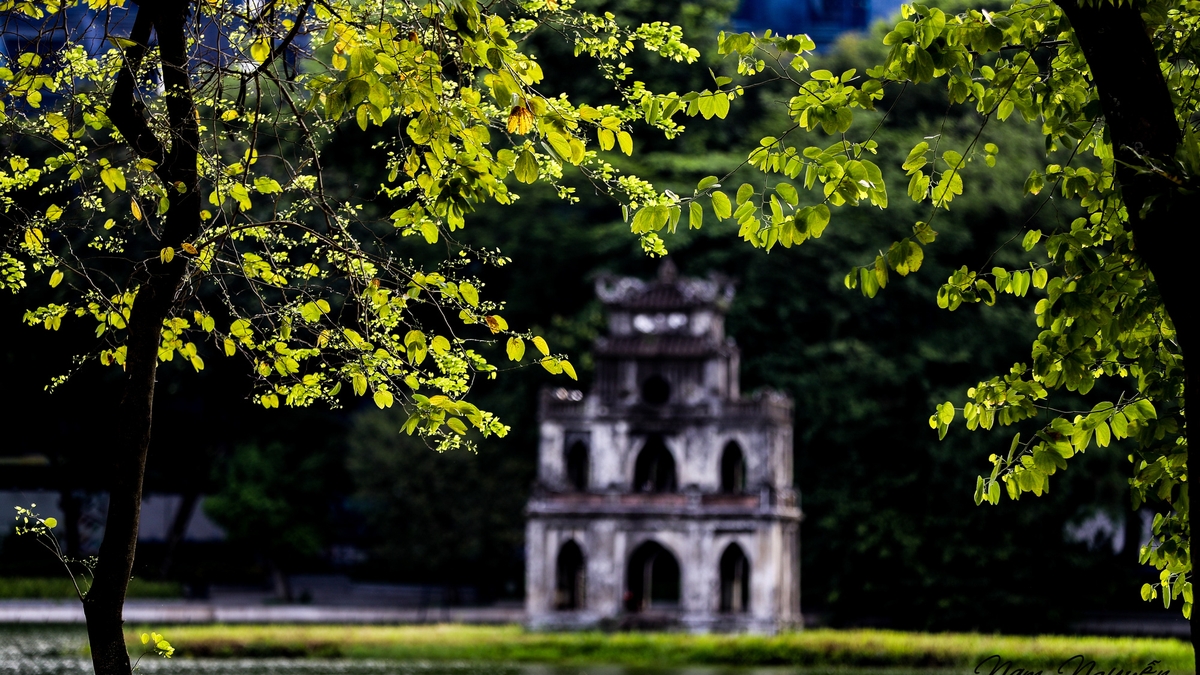

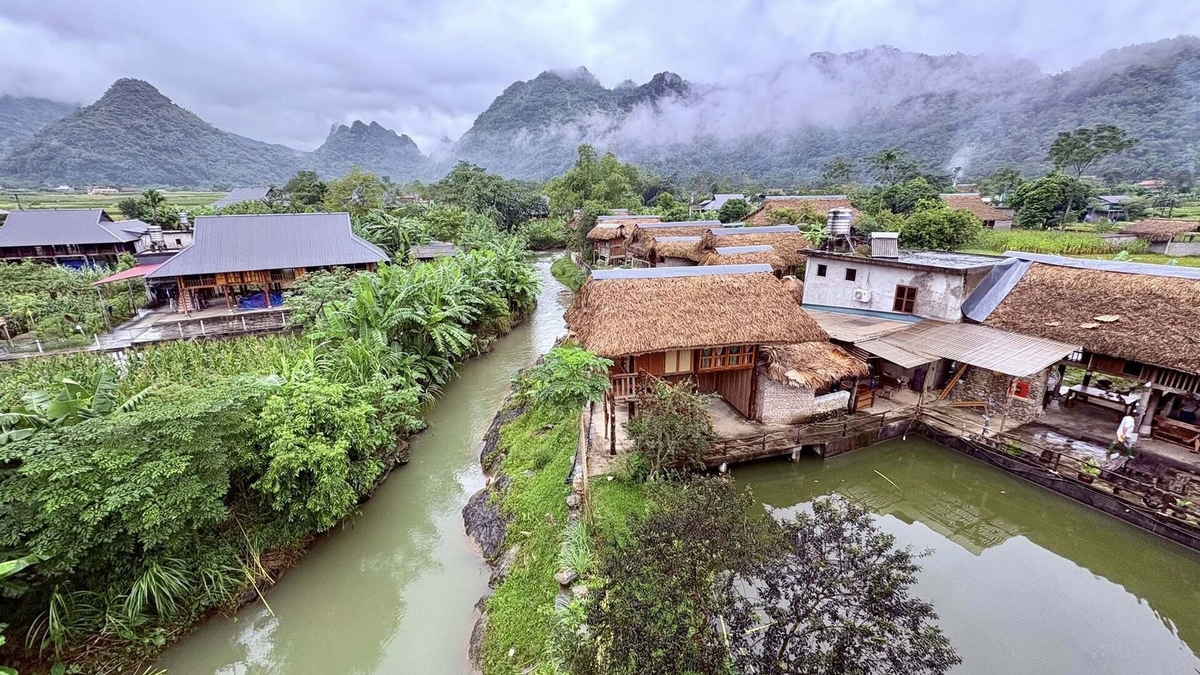




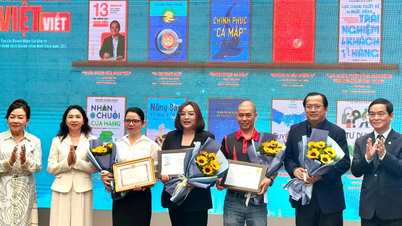



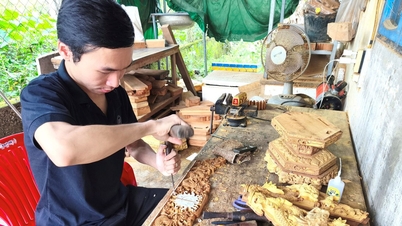





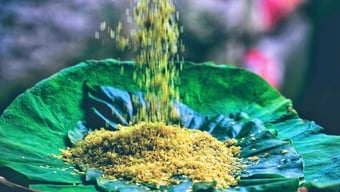



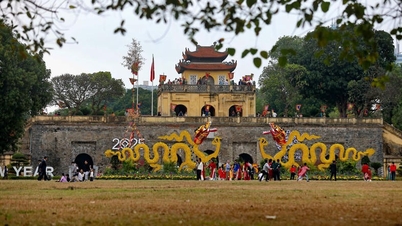




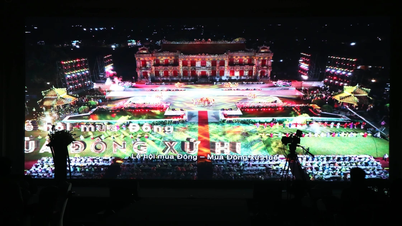










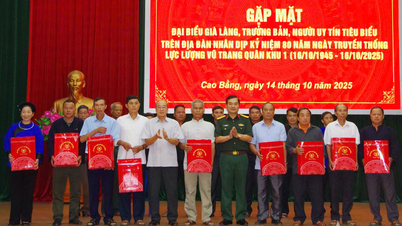















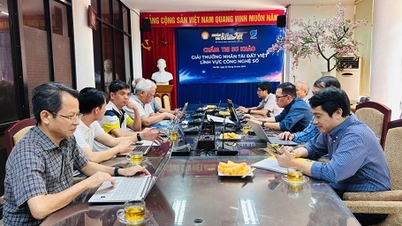


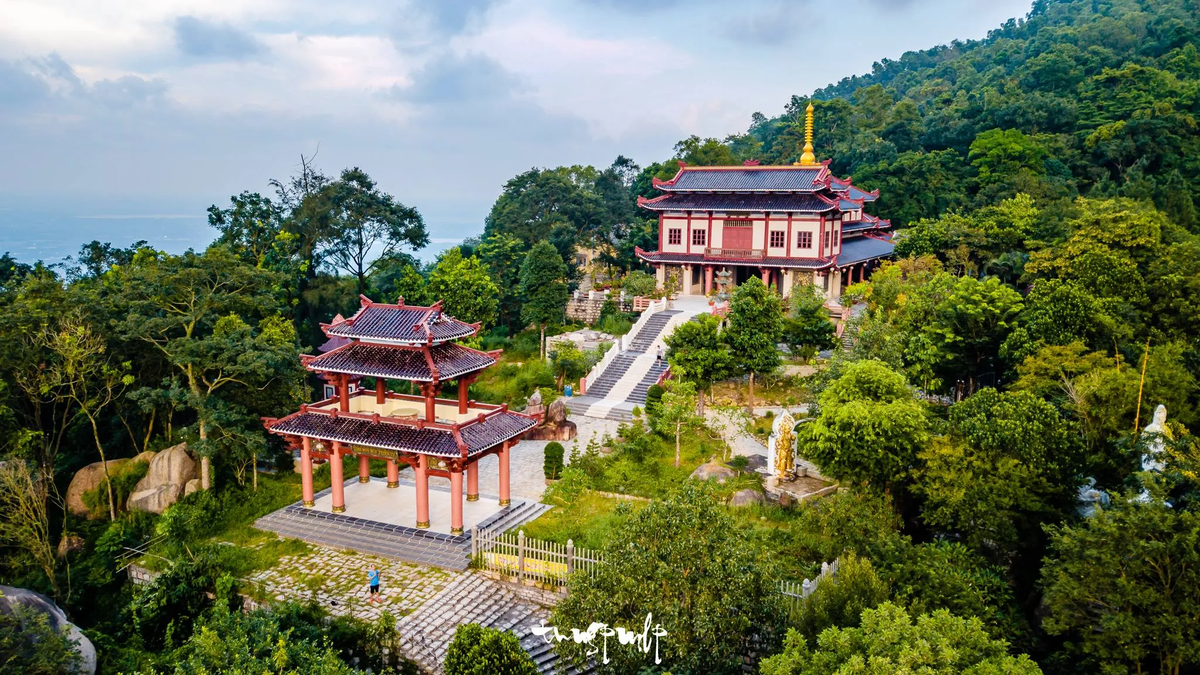



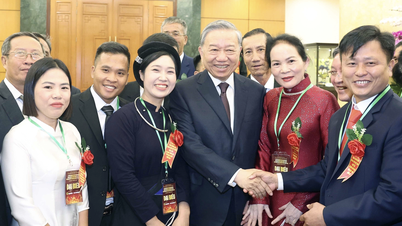


















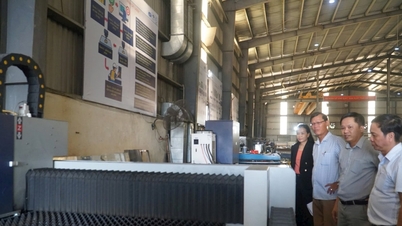







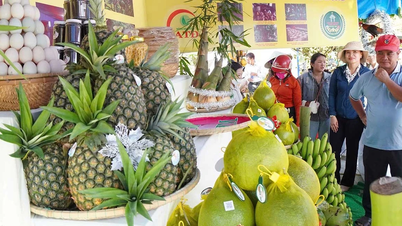




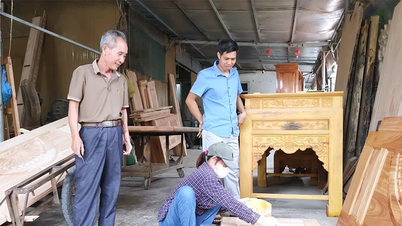










Comment (0)